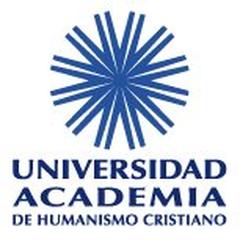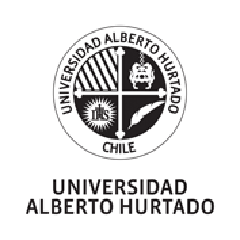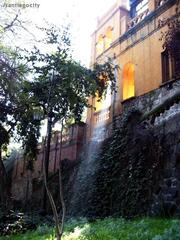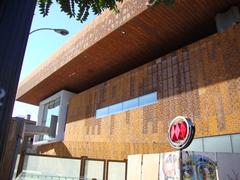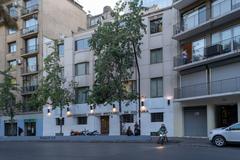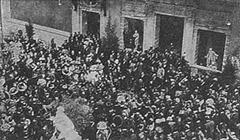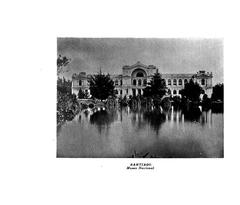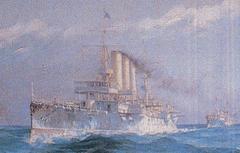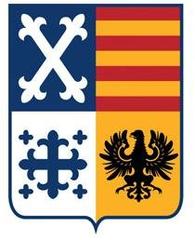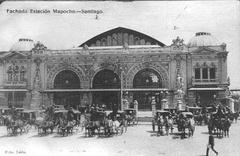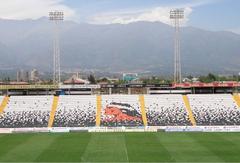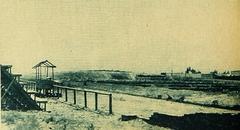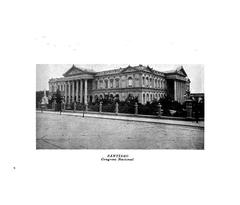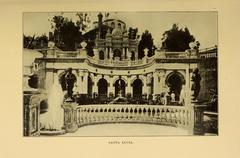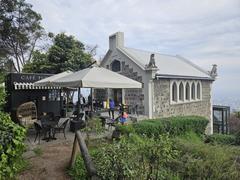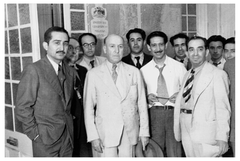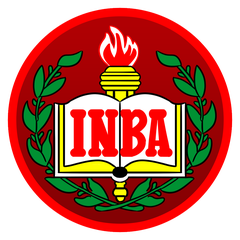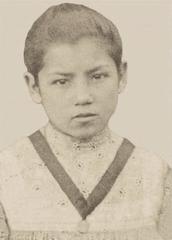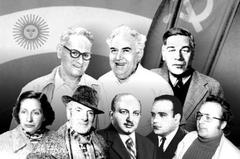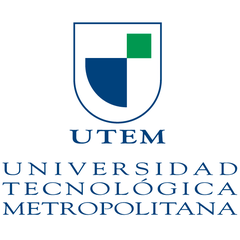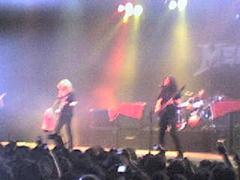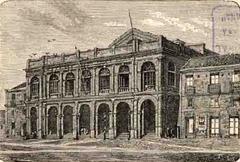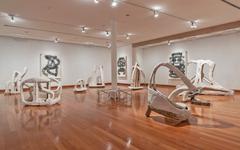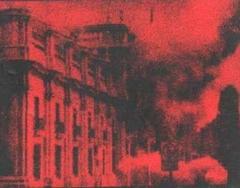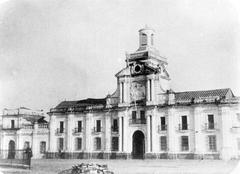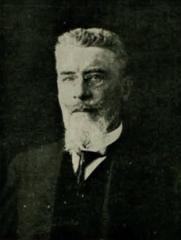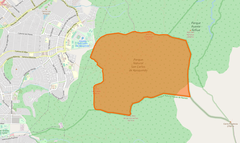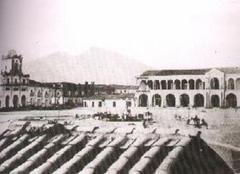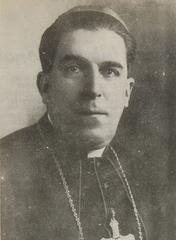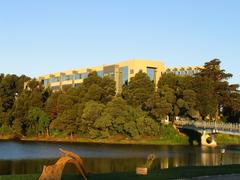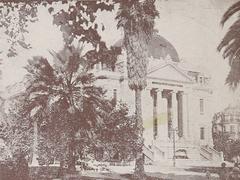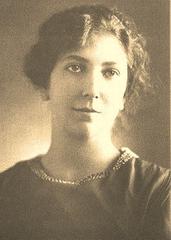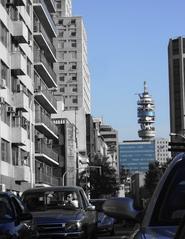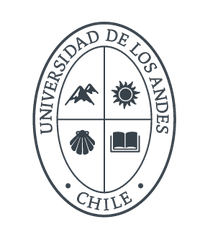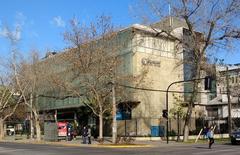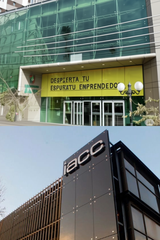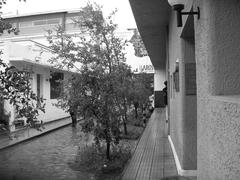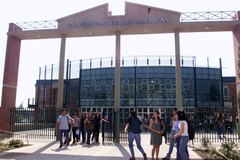
Hospital San Juan de Dios, Santiago, Chile: Visiting Hours, Tickets, and Historical Guide
Date: 04/07/2025
Introduction: Chile’s Oldest Hospital and Its Enduring Legacy
Hospital San Juan de Dios in Santiago, Chile, stands as the country’s first hospital and one of South America’s oldest continuously operating medical institutions. Established on October 3, 1552, originally as Hospital de Nuestra Señora del Socorro, it became a cornerstone of Chilean healthcare and social welfare after its administration was entrusted to the Brothers Hospitallers of Saint John of God in 1617. This institution not only pioneered compassionate care and hygiene standards but also played a vital role in the evolution of medical education in Chile. Its unique blend of historical architecture, cultural significance, and modern medical services make it an essential destination for both history enthusiasts and visitors seeking to understand Santiago’s heritage. (Wikipedia; La Tercera; CredoChile)
Table of Contents
- Early Foundations and Colonial Era
- 19th Century Developments and Academic Role
- 20th Century: Modernization and Relocation
- Social and Cultural Significance
- Expansion and Regional Impact
- Visitor Information
- Frequently Asked Questions (FAQ)
- Conclusion
- Sources
Early Foundations and Colonial Era
Hospital San Juan de Dios traces its origins to the city’s formative years, established in 1552, shortly after Santiago’s founding by Pedro de Valdivia. Its initial role was to serve the sick, poor, and travelers during the colonial era, operating as Hospital de Nuestra Señora del Socorro on the Alameda, near the Church of San Francisco. In 1617, the hospital’s management passed to the Brothers Hospitallers of Saint John of God, who instilled a tradition of charitable, patient-centered care that would define the institution’s ethos for centuries. (Wikipedia)
October 3, the hospital’s founding date, is commemorated as the Day of the Hospital in Chile, reflecting its foundational role in the nation’s public health system. (La Tercera)
19th Century Developments and Academic Role
In 1863, the hospital was designated as a teaching institution, serving as a clinical training ground for students from Chile’s first medical schools. This partnership, especially with the Universidad de Chile, played a pivotal role in shaping generations of Chilean physicians, nurses, and public health leaders. The hospital’s commitment to education solidified its reputation as both a premier healthcare provider and an essential academic institution. (Wikipedia); (Universidad de Chile)
20th Century: Modernization and Relocation
Urban growth and advances in medical science necessitated the modernization of Hospital San Juan de Dios. In 1944, the hospital’s original building was demolished, and a new, modern facility was constructed on Avenida Matucana, adjacent to Quinta Normal Park. The new complex opened in 1954 and features multiple specialized centers, including the Torre Hospitalaria, the Centro Diagnóstico y Terapéutico (CDT) Prof. Dr. Rodolfo Armas Cruz, Ex Posta 3, and the Centro de Diabetes y Nutrición Helen Lee Lassen. These updates reflect the institution’s ongoing commitment to comprehensive, modern healthcare. (Wikipedia)
Social and Cultural Significance
Hospital San Juan de Dios is deeply woven into Santiago’s social and cultural fabric. Its corridors have seen countless stories, including that of the renowned folk singer Violeta Parra, who composed a poem of gratitude to the staff after her recovery in 1959. The hospital’s traditions endure in its preserved auditoriums, antique furniture, and original chalkboards, which serve as reminders of its heritage. The institution also regularly hosts cultural and academic events, celebrating its role as a living part of the community. (La Tercera); (Semana)
Expansion and Regional Impact
Today, Hospital San Juan de Dios is a central component of the Red de Salud Metropolitana Occidente, serving not only Santiago but also the neighboring provinces of Melipilla and Talagante. During the COVID-19 pandemic, the hospital expanded its capacity to include over 90 critical care beds and around 500 general beds, underscoring its role as a vital regional referral center. (La Tercera)
Visitor Information
Visiting Hours:
For those interested in the hospital’s historical aspects, the grounds can generally be visited Monday through Friday from 9:00 AM to 5:00 PM. Note: As an active hospital, access to patient care areas is restricted.
Tickets:
Admission is free. Donations to preservation efforts are appreciated. Guided tours focusing on history and architecture may be available by appointment; contact the hospital administration in advance.
Accessibility:
The hospital is wheelchair accessible, with ramps and elevators throughout its main buildings. Visitors with special needs can arrange additional assistance before their visit.
How to Get There:
- Address: Avenida Matucana 800, Santiago
- Metro: Quinta Normal Station (Line 5), a short walk from the hospital
- Bus: Multiple bus routes serve the area
- Parking: Limited street parking is available; public transit is recommended
Nearby Attractions:
- Quinta Normal Park: Expansive green space with museums and walking trails
- Museum of Memory and Human Rights: Chronicling Chile’s recent history
- National Museum of Natural History and Museum of Contemporary Art: Both within walking distance
Special Events:
The hospital occasionally hosts public lectures, exhibitions, and commemorative events on its history and medical contributions. Check the hospital’s official website or local event listings for updates. (Hospital San Juan de Dios Official Site)
Frequently Asked Questions (FAQ)
Q: Can I take a guided tour of Hospital San Juan de Dios?
A: Guided tours are available by appointment and focus on the hospital’s history and architecture. Contact the administration ahead of your visit.
Q: Is there an entrance fee or need for tickets?
A: No, admission to public and historical areas is free. Special events may require registration.
Q: What are the visiting hours?
A: Monday to Friday, 9:00 AM to 5:00 PM for the grounds and historical areas.
Q: Is the hospital accessible for people with disabilities?
A: Yes, accessibility features are in place throughout the complex.
Q: How do I get there using public transportation?
A: The hospital is within easy walking distance of the Quinta Normal Metro station and is served by several bus lines.
Q: What else is there to see nearby?
A: Quinta Normal Park, the Museum of Memory and Human Rights, and the National Museum of Natural History are all close by.
Conclusion
Hospital San Juan de Dios is a living monument to Chile’s medical, social, and architectural history. Whether you are tracing the evolution of public health, exploring Santiago’s colonial roots, or simply seeking a culturally enriching outing, this hospital offers an unparalleled glimpse into Chile’s past and present. To stay updated on visiting hours, special events, or to arrange a guided visit, consult the hospital’s official resources or the Audiala app. Explore the legacy of Hospital San Juan de Dios and discover how its story continues to shape Santiago’s vibrant cultural landscape. (Wikipedia; La Tercera; CredoChile)
Sources
- La Tercera: Hospital San Juan de Dios – A Historical Landmark in Santiago with Visiting Tips and FAQs
- Wikipedia: San Juan de Dios Hospital Santiago – History, Visiting Hours, and Visitor Guide
- CredoChile: Hospital San Juan de Dios – El Más Antiguo de Chile
- Wikiwand: Historia del Hospital San Juan de Dios
- Universidad de Chile: School of Medicine History
- Hospital San Juan de Dios Official Site
- Semana: Hospital San Juan de Dios Cultural Events
Images and videos of Hospital San Juan de Dios, with alt text such as “Hospital San Juan de Dios Santiago historical site” and “Hospital San Juan de Dios visiting hours and tours,” are available on the official hospital website to enhance your visitor experience.
Download the Audiala app for interactive maps, audio guides, and exclusive content about Santiago’s historical and cultural sites. Follow us on social media for updates, visitor tips, and more.

